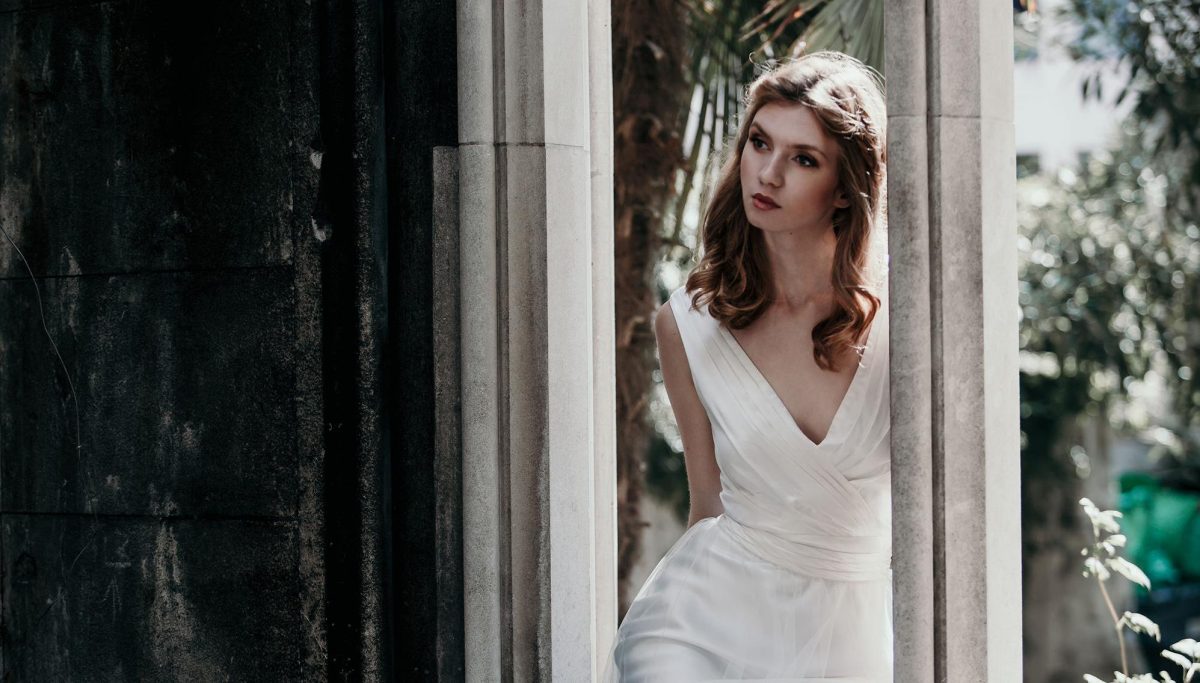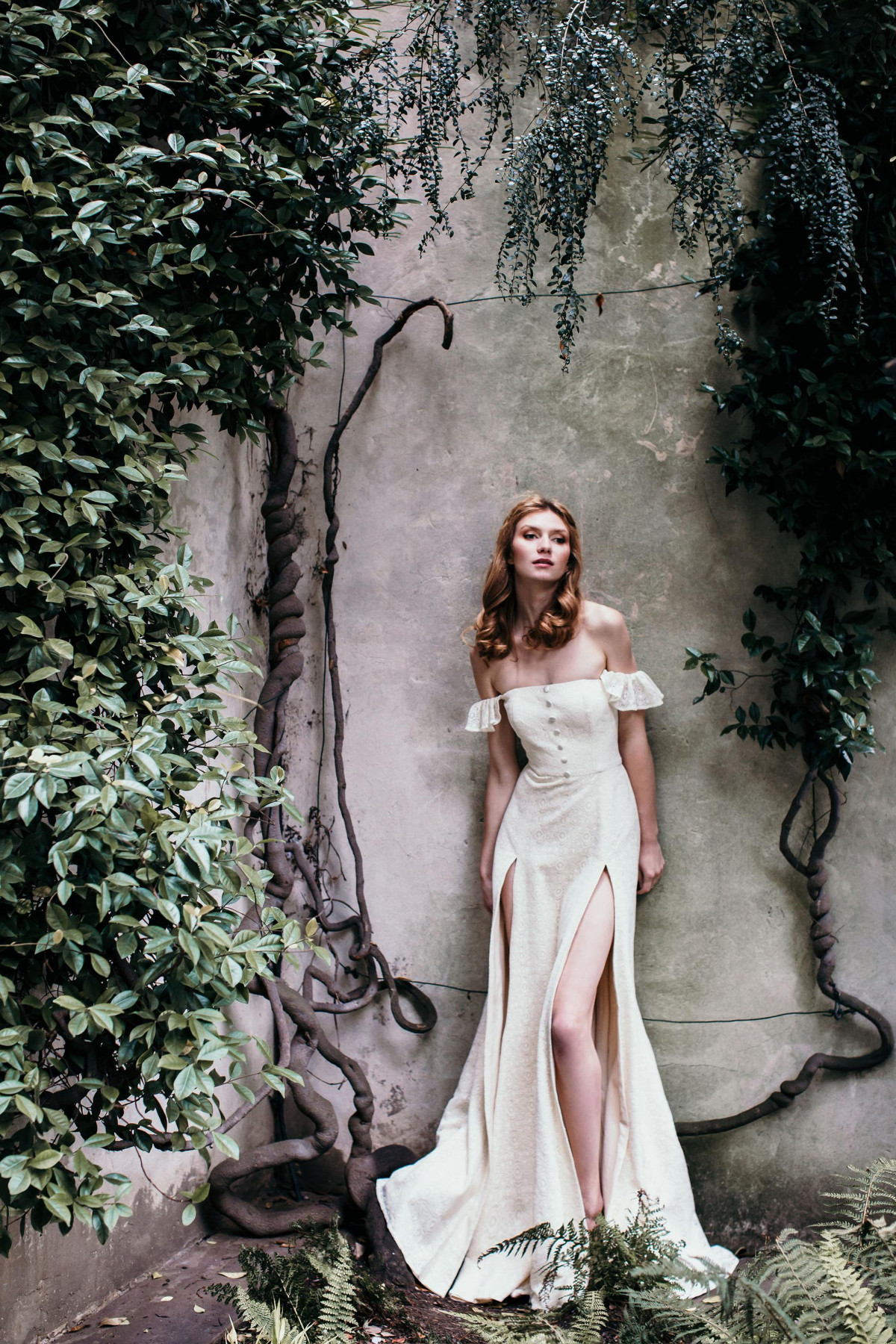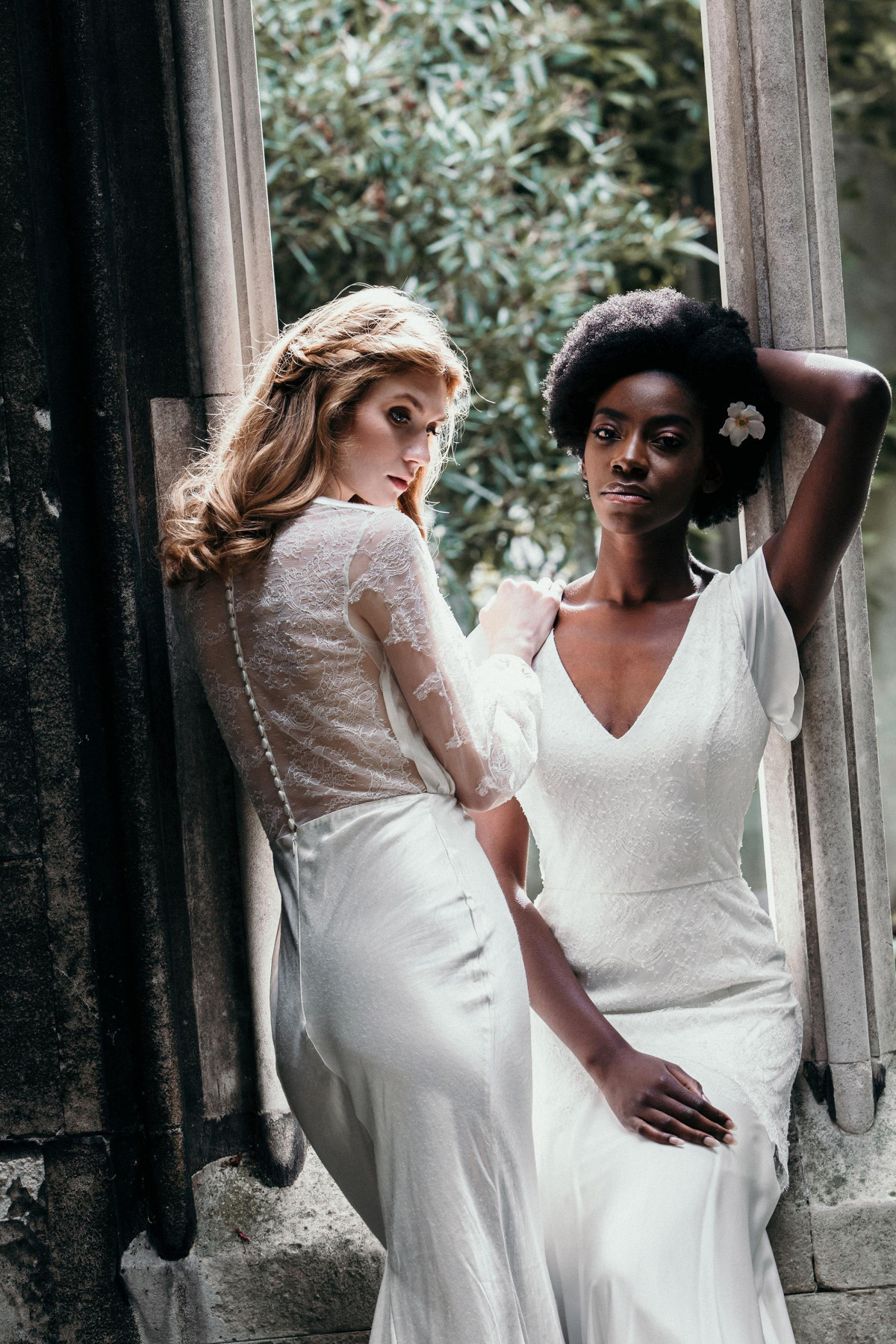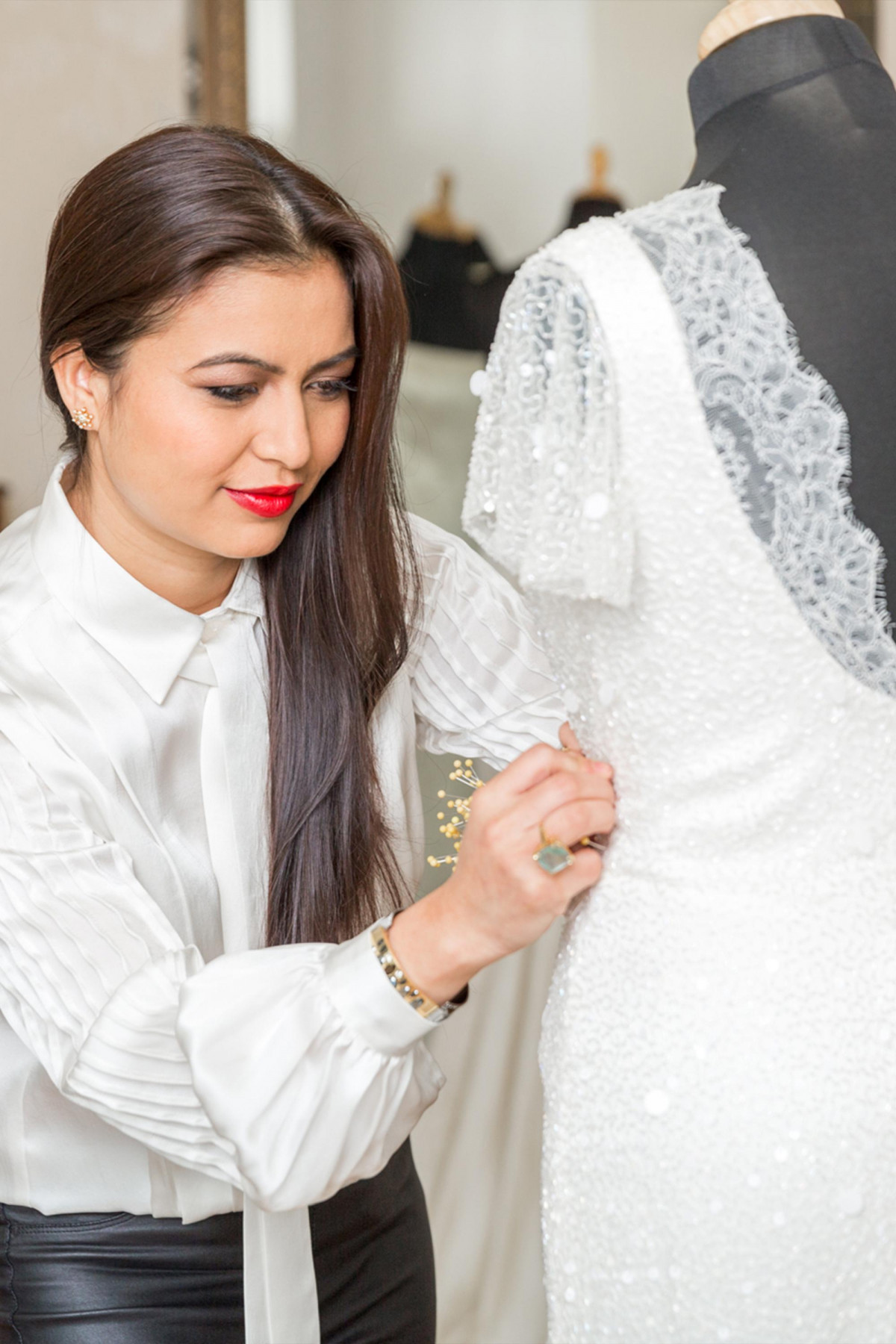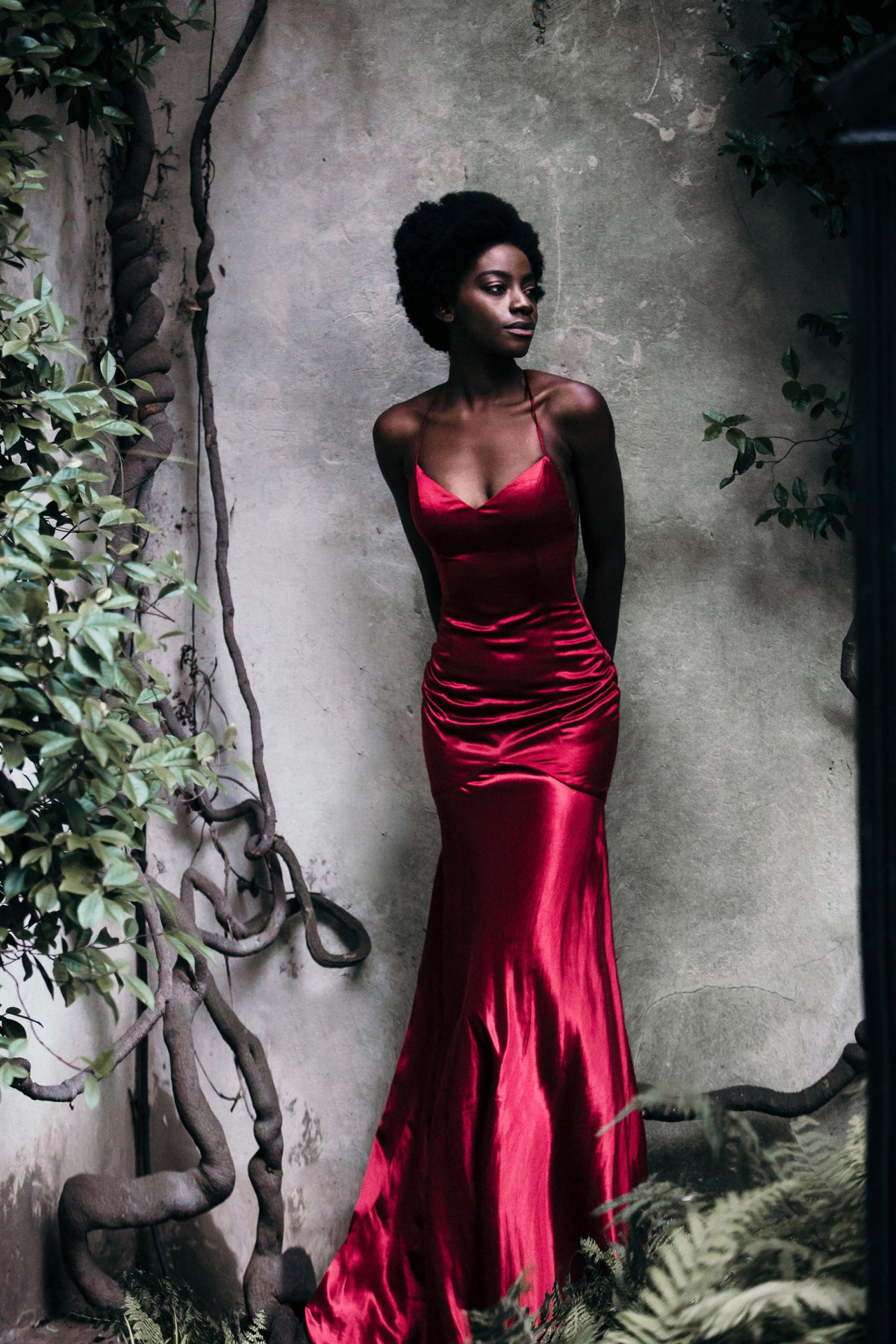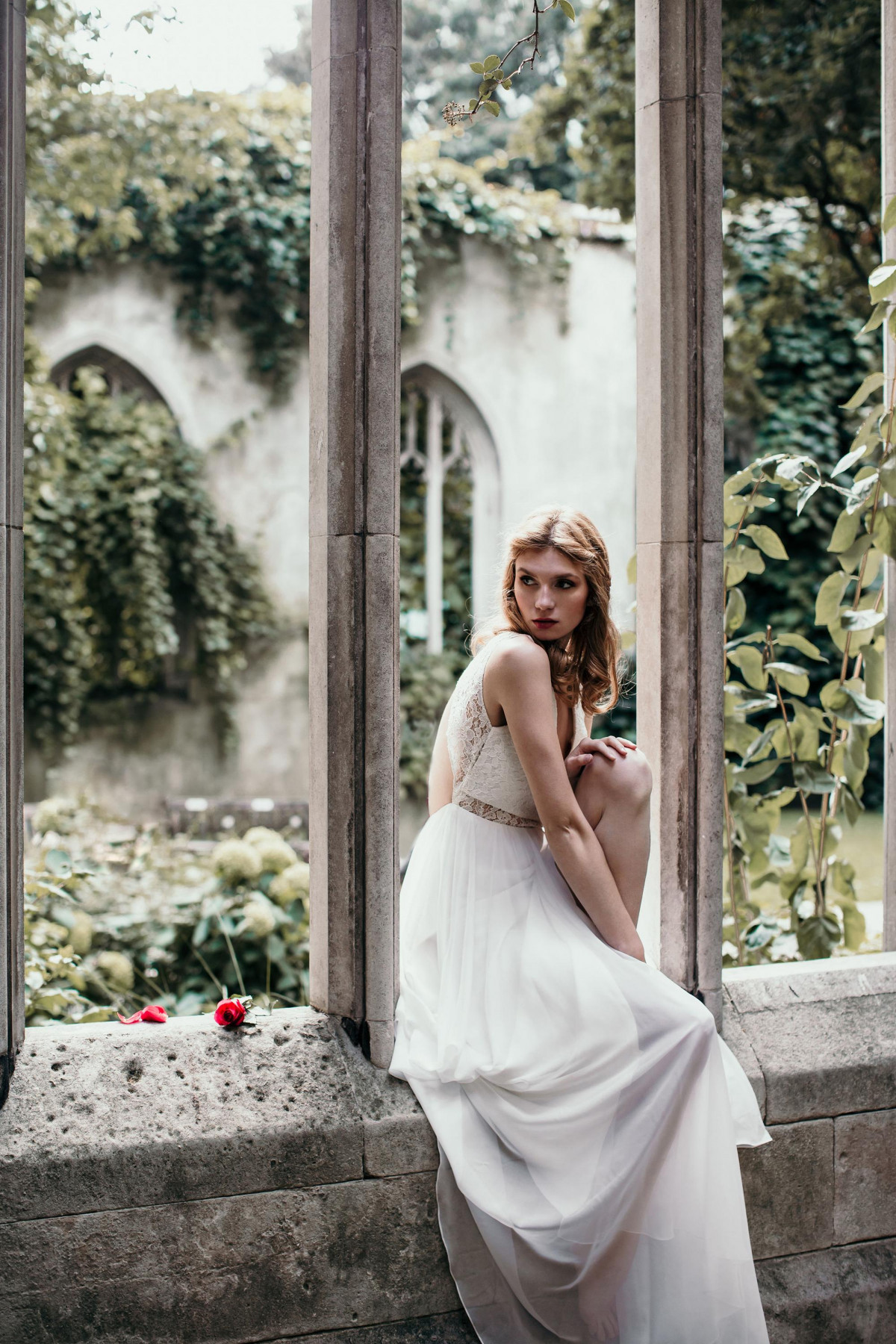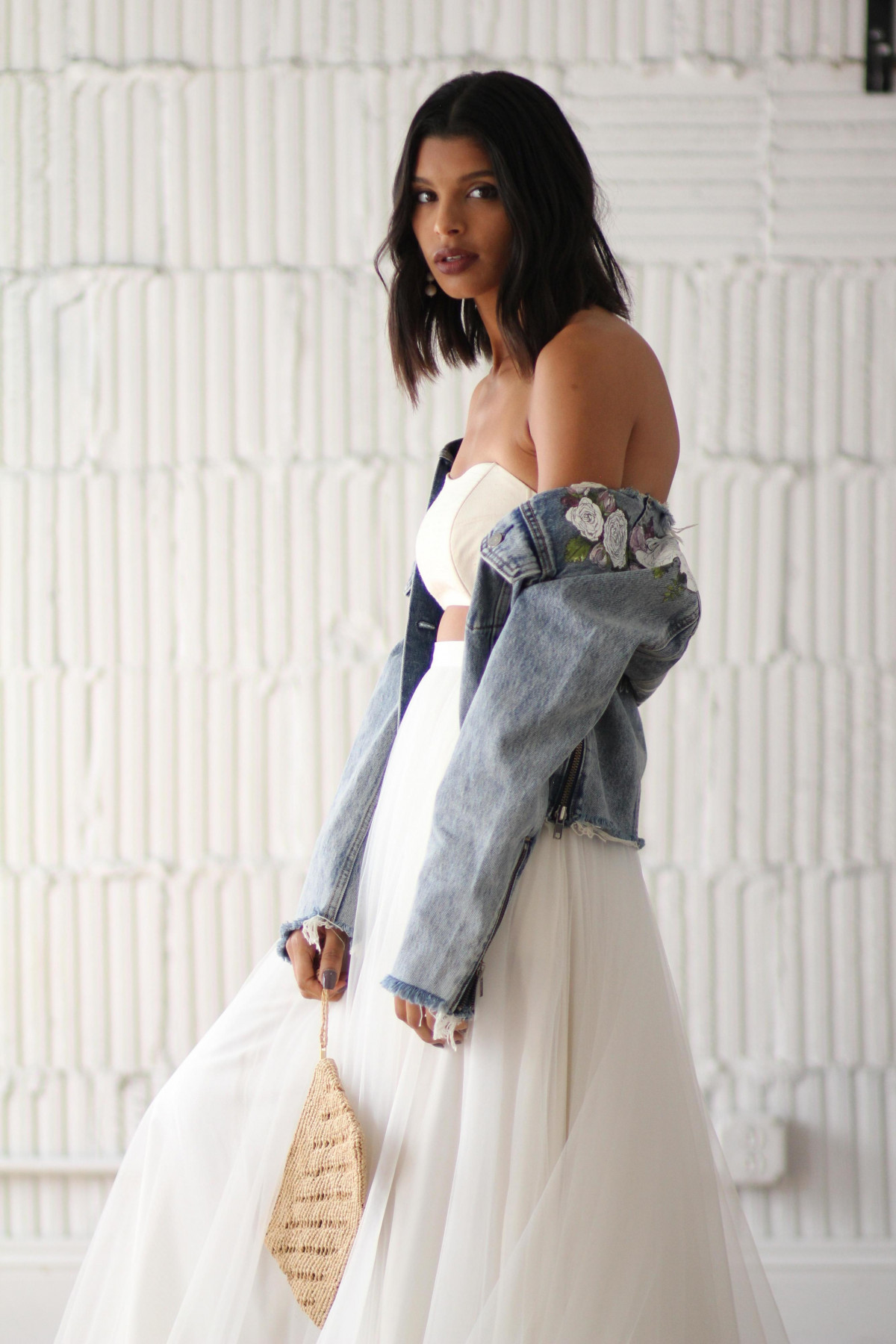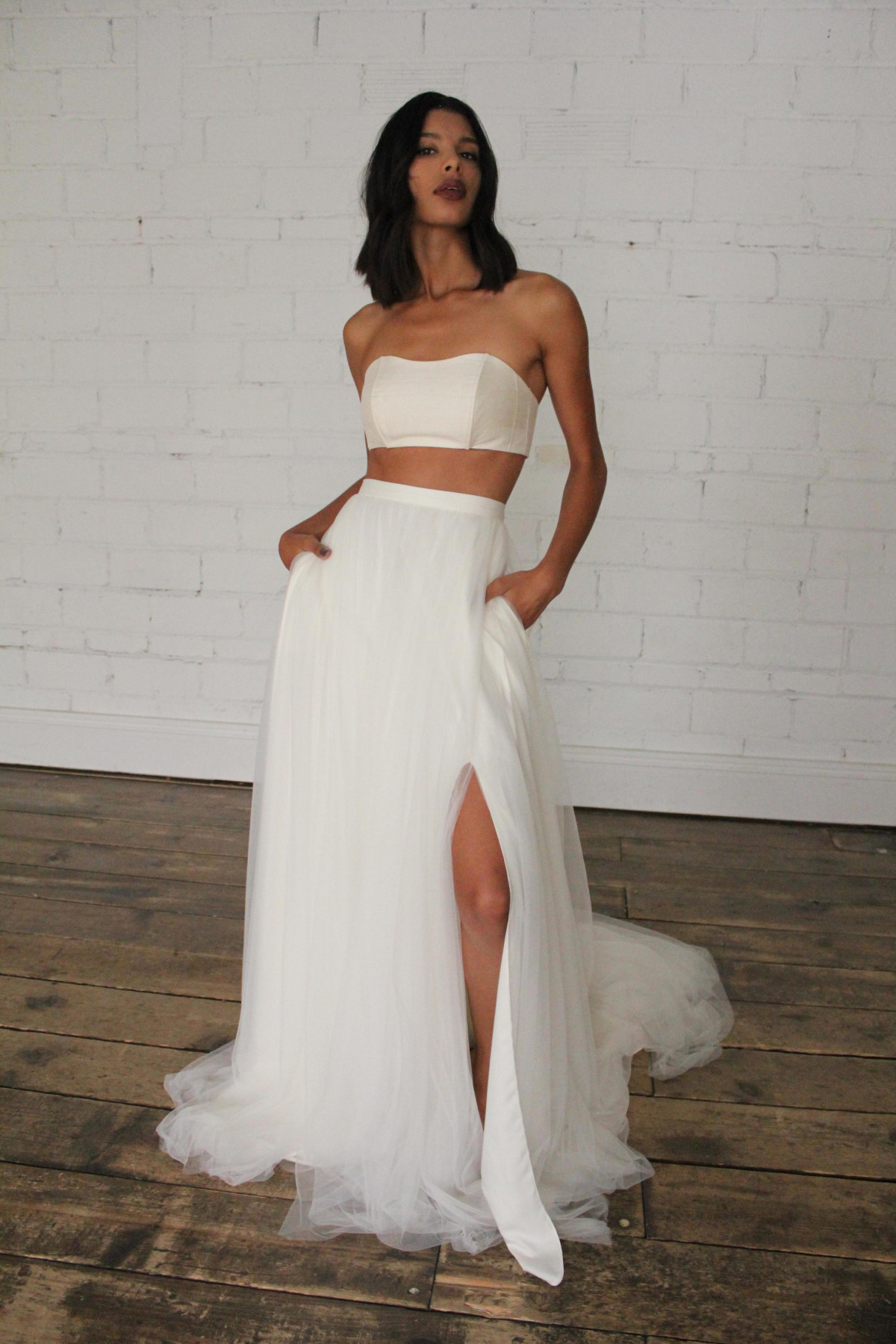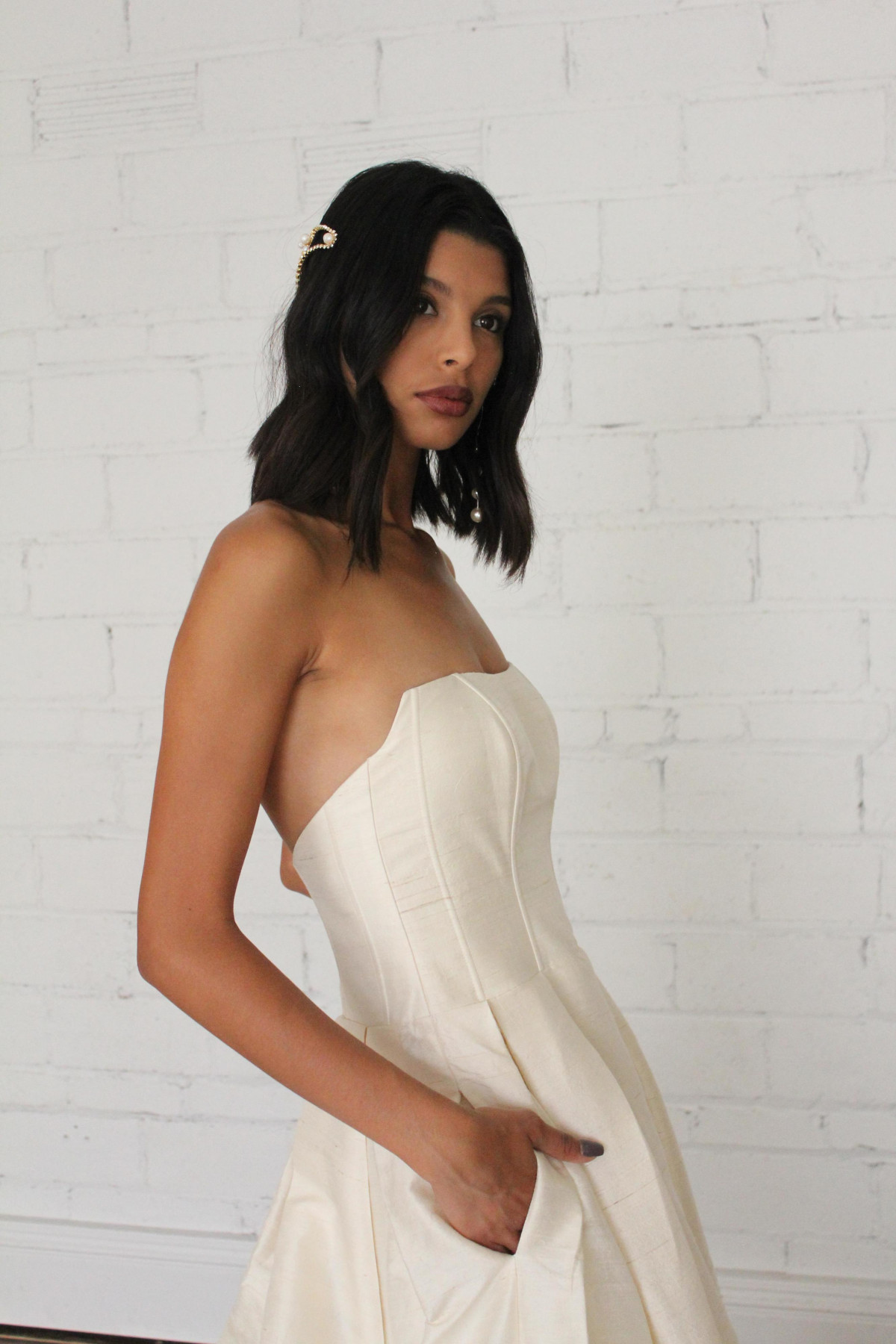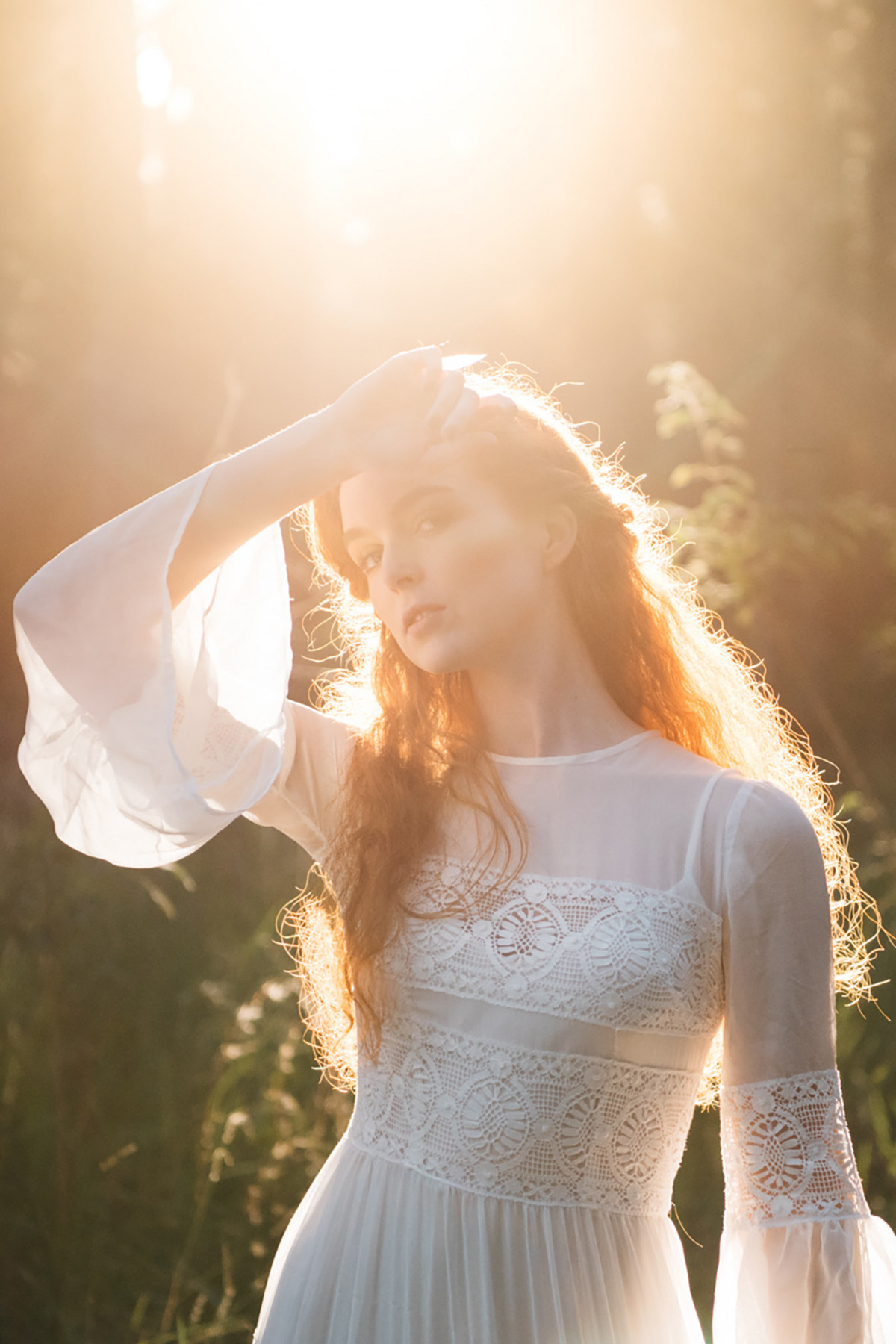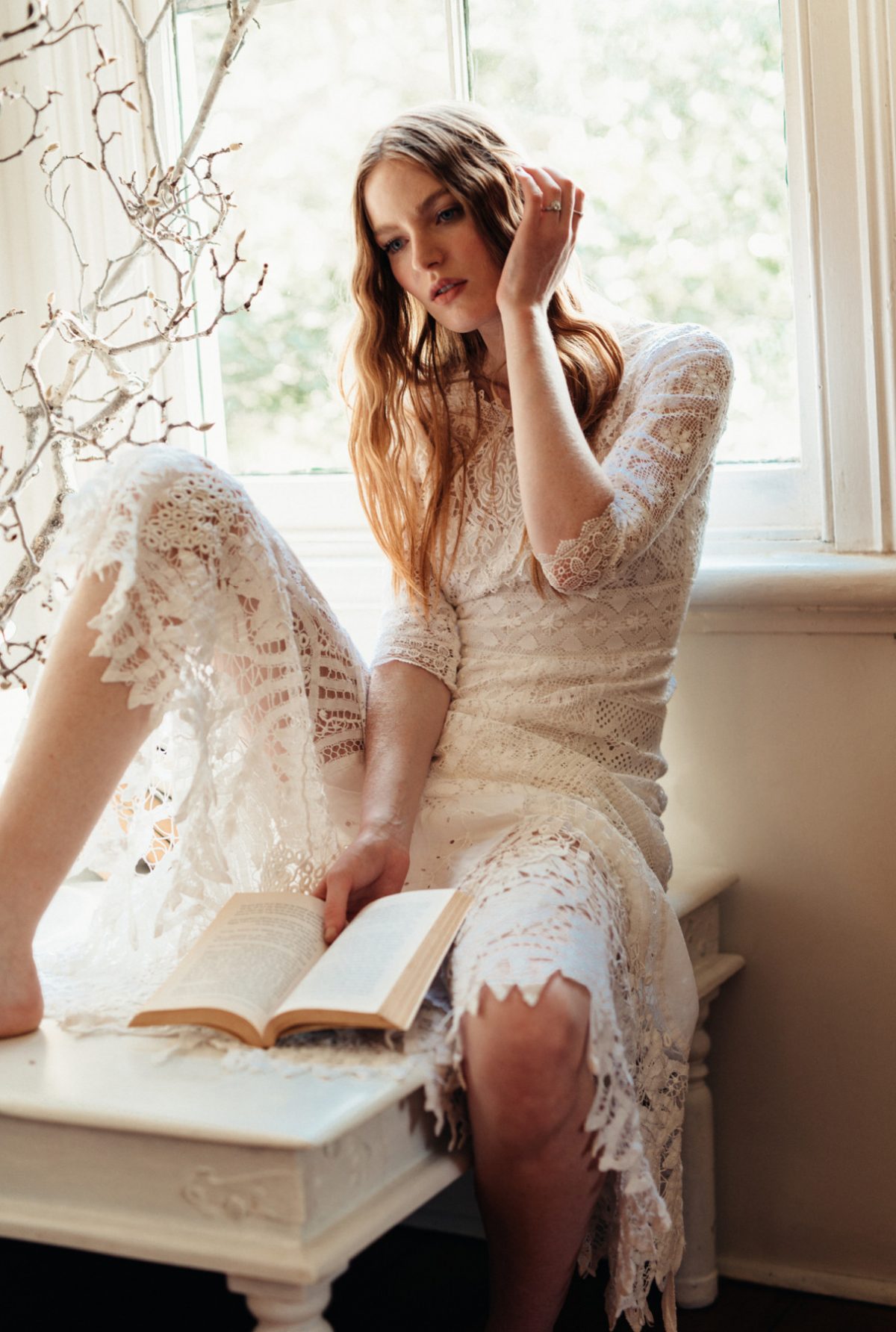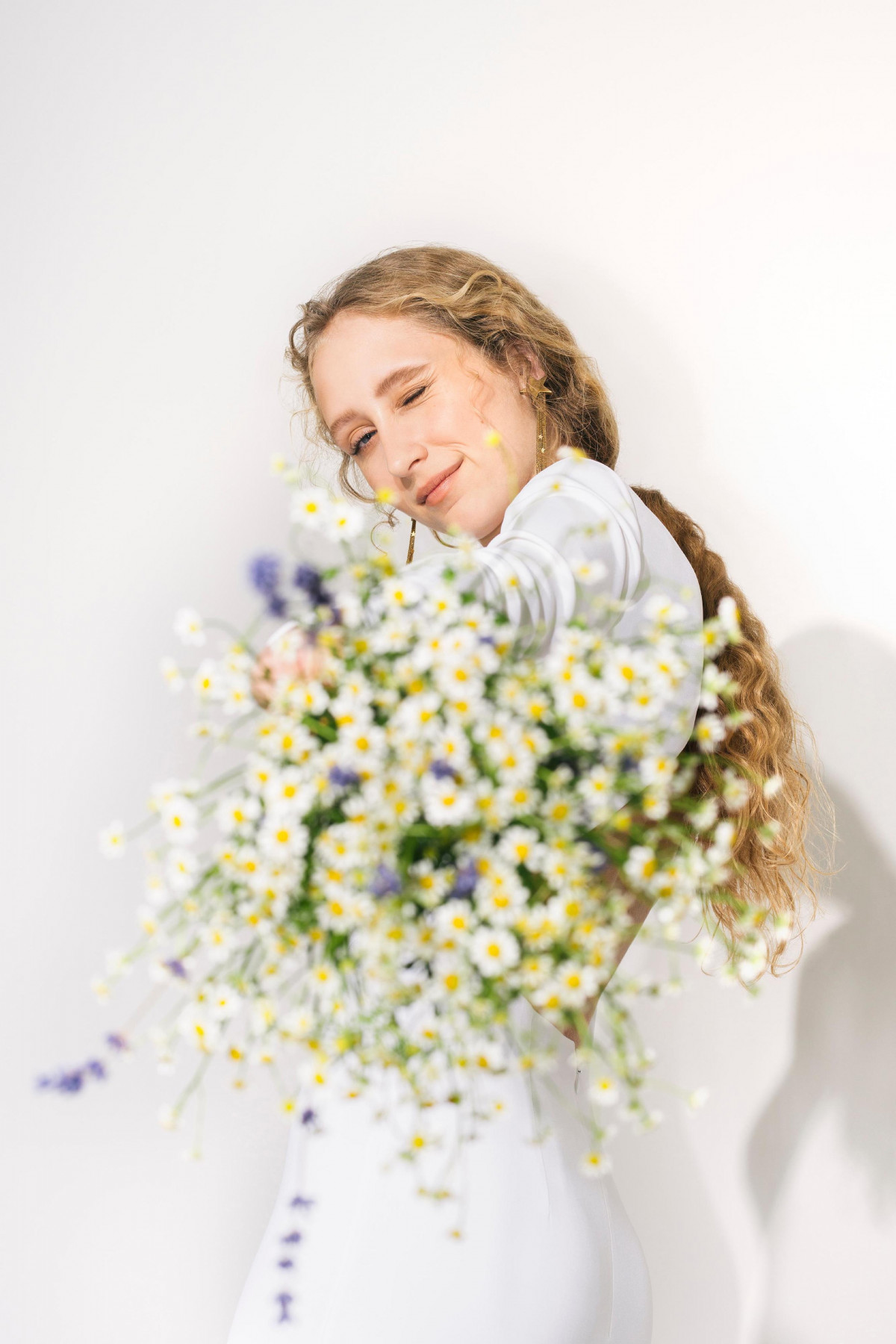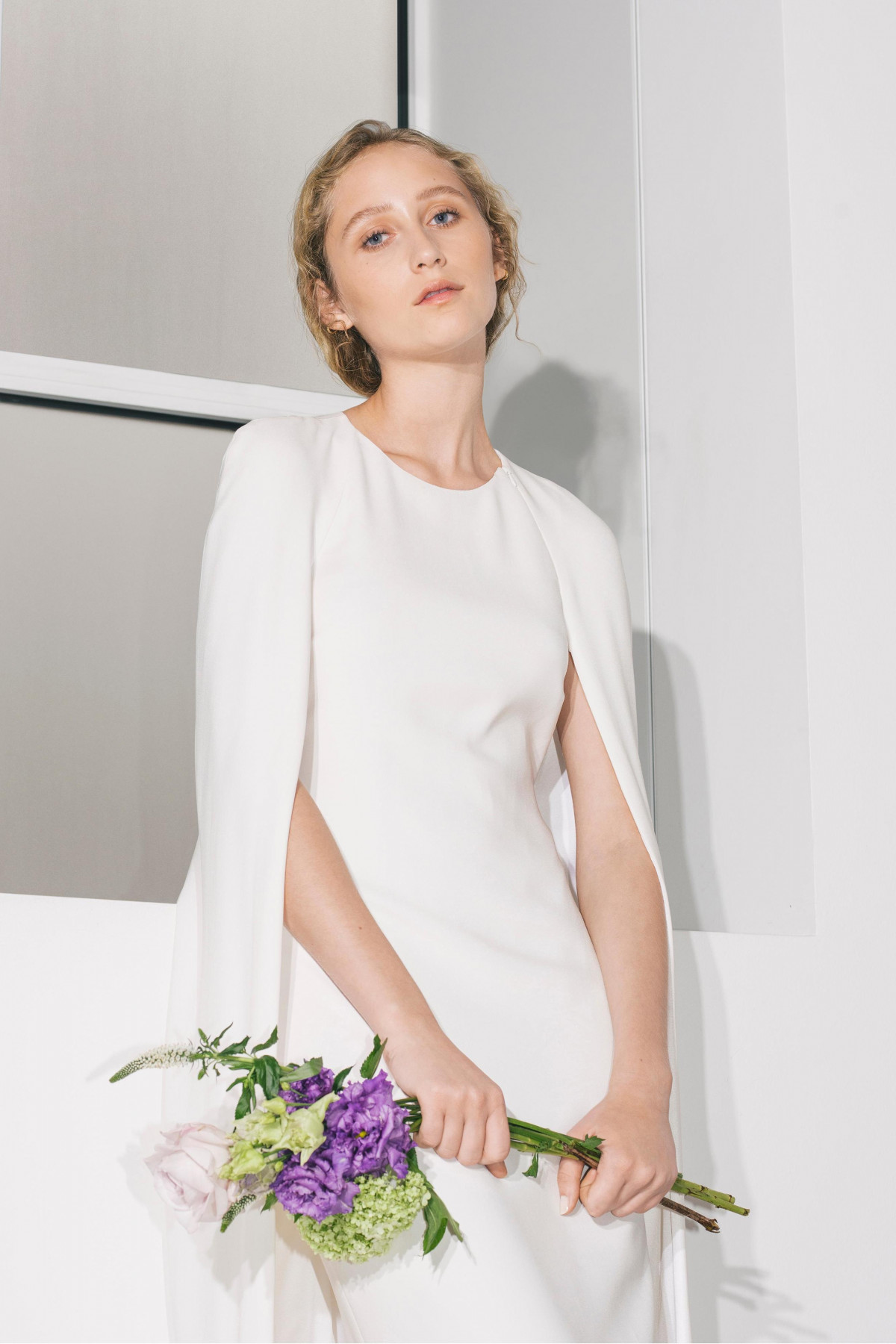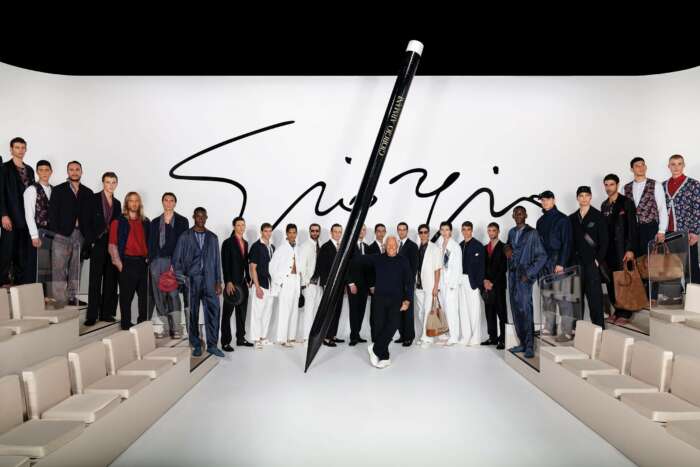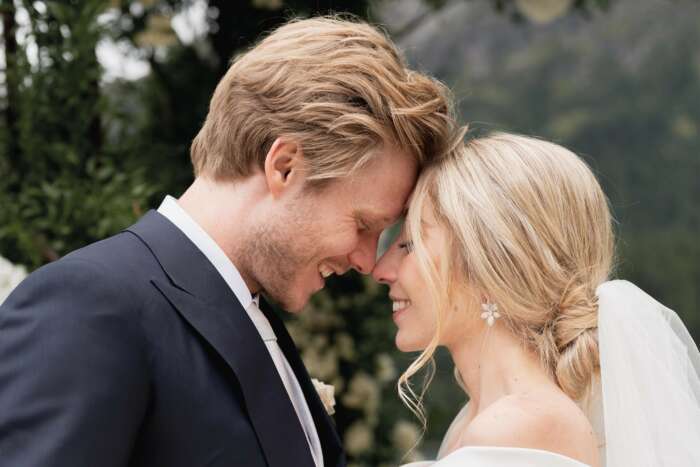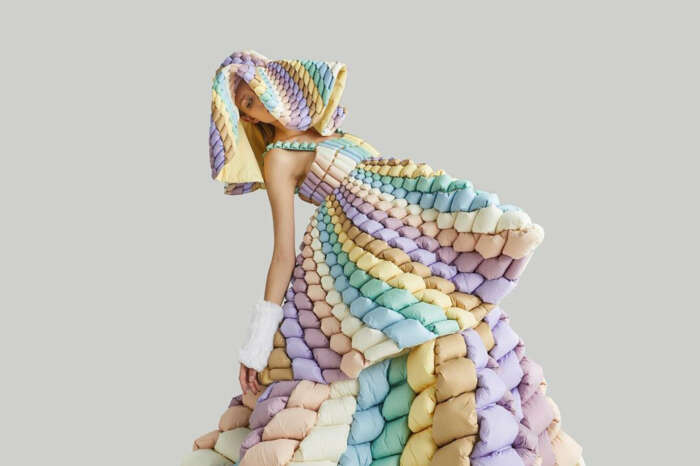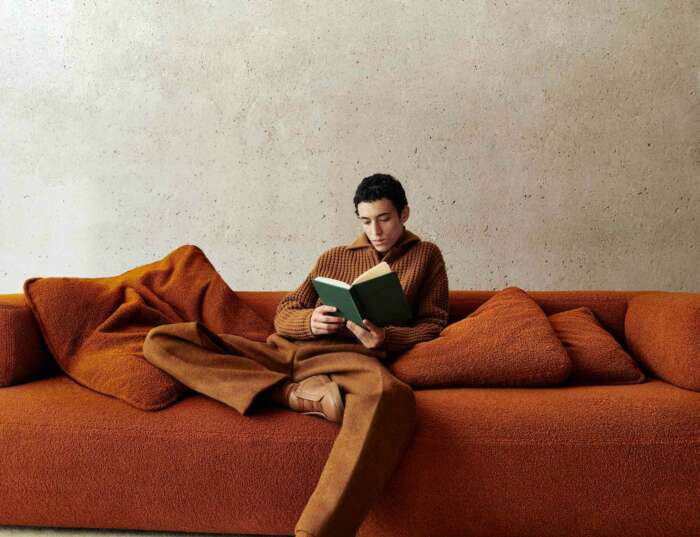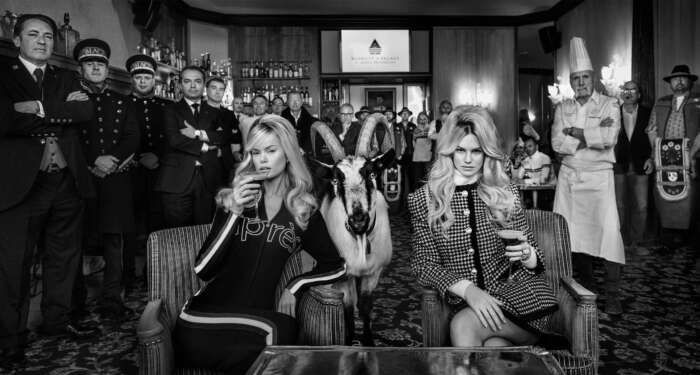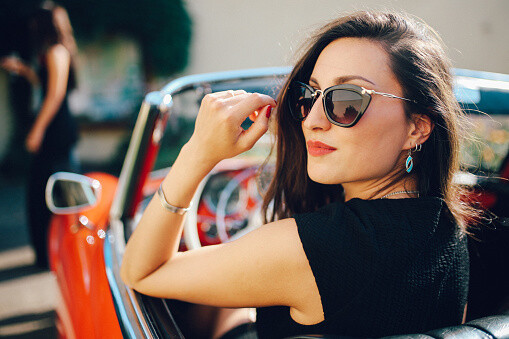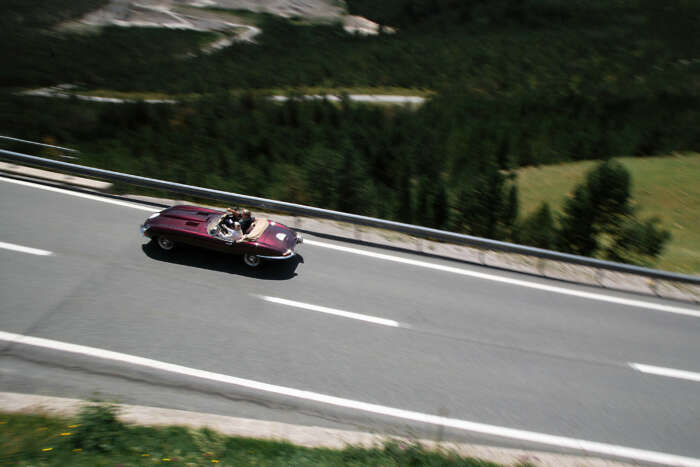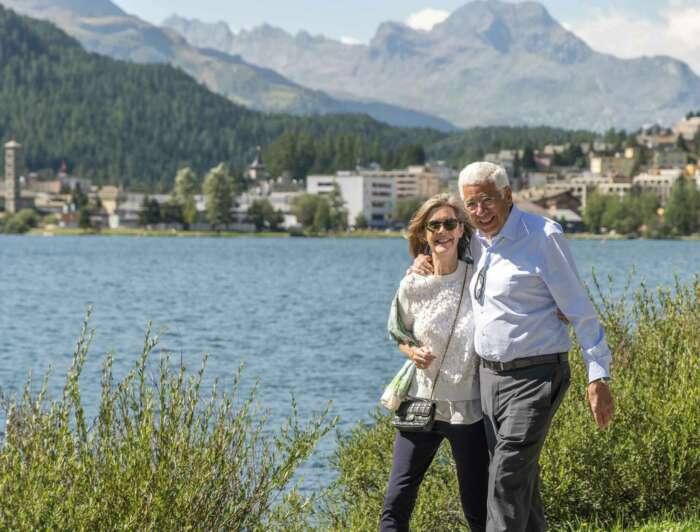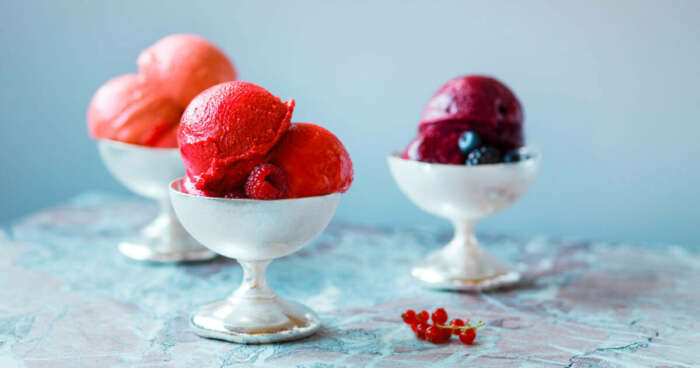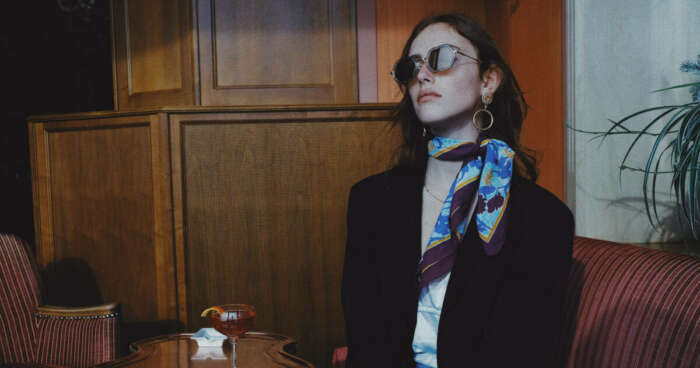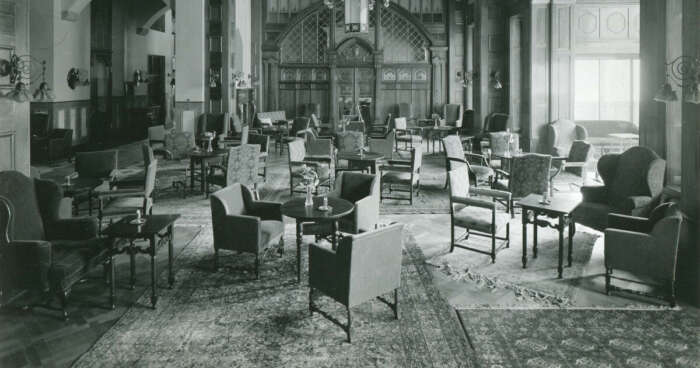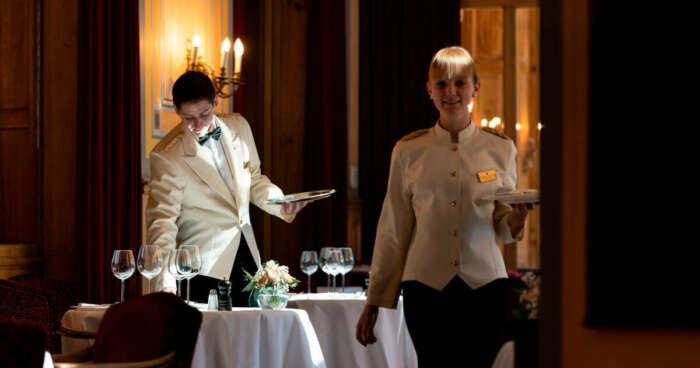When it comes to bridalwear, the backstory is pivotal. There are the pearl earrings passed down from a beloved grandmother, or the heirloom hair slide pinned in place by a proud mother. So making the choice to wear a sustainable wedding dress which has a positive impact – on both the people involved in making it and the planet – should be a given.
But while conflict-free diamond rings and Fairtrade wedding flowers are well established, the idea of an ethical wedding dress is not. In fact, it’s only relatively recently that there has been a boom in bridal designers producing haute couture-like designs with environmentally conscious credentials.
Clothes for conscious brides
“The conversation about sustainability and climate change was barely even on the table when we started,” says the Nepalese-born, London-based designer Sanyukta Shrestha. She founded her eco-friendly bridalwear brand Behuli back in 2011, making her something of a pioneer in the field. “But we’ve seen a huge change,” she says. “Our conscious brides are questioning materials and methods of production more than ever before. I think sustainability and ethics are going to be the new driving force for growth in the bridal market.”
The figures back her up. In 2019 Pinterest reported that searches for the phrase ‘sustainable wedding ideas’ was up by 181 per cent. And with the fashion industry producing 1.2 billion tonnes of carbon and using somewhere between 1.5 to 2.5 trillion gallons of water each year, it’s perhaps no surprise that – in our post-Greta Thunberg world – there’s a backlash brewing against the industry’s wasteful, harmful and polluting processes.
Shrestha’s romantic, vintage-style wedding dresses, most of which are bespoke, cutting out the wastefulness of overproduction, are made from environmentally friendly materials such as bamboo, hemp and wild nettle. The majority of her fabrics are hand spun and woven through an organisation that provides training and employment for homeless and vulnerable women in remote regions of Nepal.
“Initially, many people thought our business model seemed unrealistic,” she says. “But I wanted to lead by example in this industry – as well as fight climate change for the future of my daughter – so I never gave up, even though running a sustainable business has been challenging.”
Slow fashion
“Keeping the line looking stunning… that’s the easy part,” agrees Colleen Bankovich, Founder and Creative Director at the newly-launched American bridal brand Bohyne. “It’s keeping the line true to its core values where the long nights come in.”
Bankovich works with a Fairtrade and eco-friendly manufacturing cooperative in Cambodia that shares her ethos and produces her pieces from sustainable and locally-made materials. “There are a lot of companies out there that claim to be eco-friendly when that isn’t really the case,” she cautions. “For example; some organic fabrics are being mass-produced in a way that isn’t necessarily sustainable. It takes a lot of research to do it right.”
The bridal designer eschews seasonal collections in favour of a less-wasteful slow fashion model in which single designs are added to a core collection. Where possible, she also uses deadstock fabrics that would otherwise end up in landfill. Her modus operandi is clean-lined minimalism – think bias-cut dresses with a Carolyn Besset Kennedy feel, sinuous jumpsuits and ivory crop tops and full skirt combinations. Each piece is intended to be worn again. “The main emphasis is longevity of the design, timelessness, and pieces you could wear beyond your wedding day,” she explains. “They transcend bridal.”
Zero-waste wedding dresses
Bankovich’s approach chimes with the fashion industry’s new focus on circularity. This is an economic model that tries to ensure products can be circulated and reused for as long as possible before eventually being recycled.
Rates of recycling in the fashion industry are chronically low. They currently sit at just one per cent while the annual waste generated from textiles is estimated at $500 billion.
But brands such as upcycling specialist Lost in Paris are making inroads. The team behind the Australian bridal brand, which strives for zero waste, scour Parisian flea markets, auction houses and estate sales across Europe to find antique and vintage wedding dresses from which they can repurpose the lace, fabrics and trimmings. These are used to make made-to-measure, seventies-style bohemian wedding dresses such as the Edwardian, a guipure lace empire line design, or the romantic, bell-sleeved Dreamweaver, which is pieced together from Nottingham lace and silk tulle.
Each design is handmade from start to finish by one seamstress in the brand’s Sydney studio, allowing the company to offer a collaborative approach. For example, they can work to incorporate pieces of a bride’s mother’s wedding dress or a piece of heirloom lace into a dress.
Eco-friendly bridalwear
It’s not only wedding specialists who are making waves in the world of sustainable bridalwear. In April 2018 Stella McCartney branched out into wedding designs when she launched a 17-piece line, which – like the rest of her designs – is produced with as little environmental impact as possible and benefits from her future-focused research and development.
Her recent efforts include developing new, eco-friendly fabrics and campaigning for systematic change in the fashion industry. The designer’s post-ceremony reception halter neck for the Duchess of Sussex (which sparked a million column inches and, inevitably, a million copies) provided the template for one of the gowns. Other pieces in the collection include a lace jumpsuit, a perfectly-cut ivory tuxedo and a sleek floor-sweeping dress with an integrated cape.
Unconventional wedding dresses
Equally contemporary are the options by Mother of Pearl’s Creative Director Amy Powney. She launched her own sustainably focused bridal line for the London-based label in 2018 after becoming frustrated with the options available in the run-up to her own nuptials. “I didn’t want a traditional dress,” she explains. “I wanted to be comfortable and cool but most importantly to feel like me. As a designer, I had the luxury of making my own outfit, so after my wedding I decided to offer options to other women out there who, like me, aren’t interested in conventional dresses.”
For Powney (who is steadily transforming Mother of Pearl into a fully sustainable clothing brand by lowering its carbon footprint, ensuring it has a transparent supply chain and committing to use ethical and organic fabrics) it was a given that the dresses would follow suit. “I kept thinking: how can I celebrate my wedding and wear something whose origins I don’t know, when somebody in another country might have had a really awful time making it?” she says.
The resulting collection, Pearly Whites, is a capsule which – in Powney’s words – eschews frou-frou in favour of minimal silhouettes and contemporary cuts. The only extraneous embellishment comes in the form of the brand’s signature supersized pearl detailing. The modern, yet still romantic, dresses and tailored separates are each handmade in house in the label’s London atelier from a material called peace silk, which is produced without harming the silkworms. It is also organic, meaning it bypasses the pesticides and carcinogenic chemicals usually used in silk production.
“Your wedding day is about celebrating all things positive,” she reasons. “I struggle to think of any part of that being derived from a negative place. Why shouldn’t you be able to look and feel beautiful while staying true to your social and environmental ethics?
Lindsay Macpherson is the Fashion Features Editor for Harrods Magazine and has interviewed many of the stars of the fashion world, including Christian Louboutin, Karl Lagerfeld and Marc Jacobs. She has also written for Time Out London, Vogue.com and Financial Times’ How To Spend It magazine.
